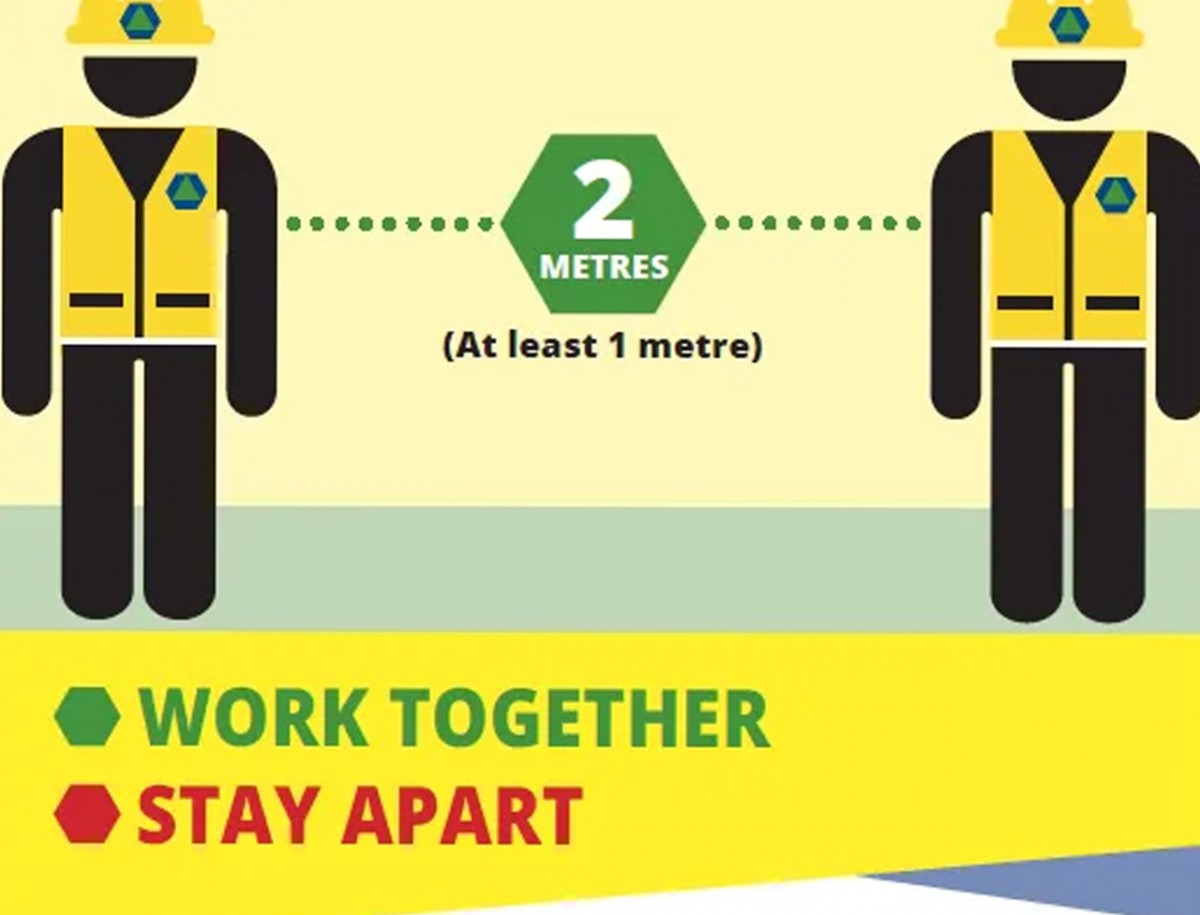
Staff Hygiene
It is important that staff keep high levels of personal hygiene to minimise the risk of COVID-19 spreading, the two main forms of Hygiene in this area are:
Respiratory Hygiene: Ensuring all sneezes, coughs or blows of nose are caught in tissues that are disposed of immediately, and hands washed after. The NHS refer to this as “Catch it, Bin it, Kill it”.
Hand Hygiene: Correct hand washing technique is important. The key steps are: 1. Wet Hands with water. 2. Apply enough soap to cover all hand surfaces 3. Rub soap in liberally to form a thick lather (bubbles) all over the hand, including between fingers & thumbs, wrists and nails. 4. This should be done for at least 20 seconds, 5. Hands then rinsed with water. Hands dried with a disposable paper towel.
Note: Hands should not be wet as wet hands can spread bacteria 1000 times more than dry hands.
Personal Protective Equipment
PPE already used for non-COVID-19 reasons should still be worn. The guidance states “Unless you are in a situation where the risk of COVID-19 transmission is very high, your risk assessment should reflect the fact that the role of PPE in providing additional protection is extremely limited.
However, if your risk assessment does show that PPE is required, then you must provide this PPE free of charge to workers who need it. Any PPE provided must fit properly.” Although the wearing of a face covering is not required by law, employers should support their workers in using one if they choose to. This means telling workers to exercise care, including:
- Maintaining good hand hygiene before putting on a face covering and after taking it off
- Changing the face covering regularly, and always after it gets damp or if touched as it could get contaminated with germs from your hands.
Finally, you should review all your business changes on a regular basis, Government advice is changing as we learn more about COVID-19 and as we enter different phases of the lockdown measures. Any changes made will want to be reviewed on a much higher frequency than those of a normal risk assessment to ensure the latest guidance is being followed.